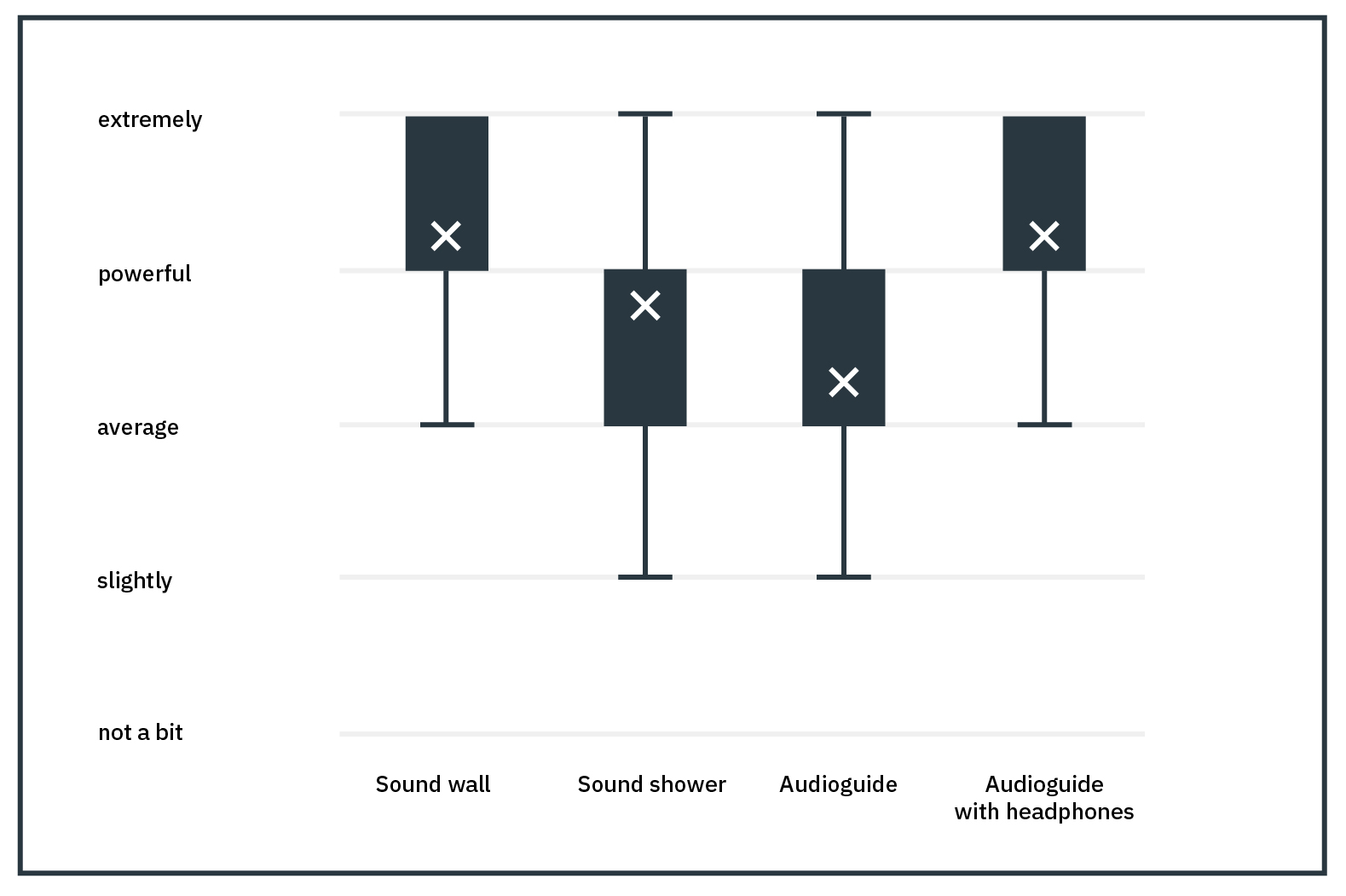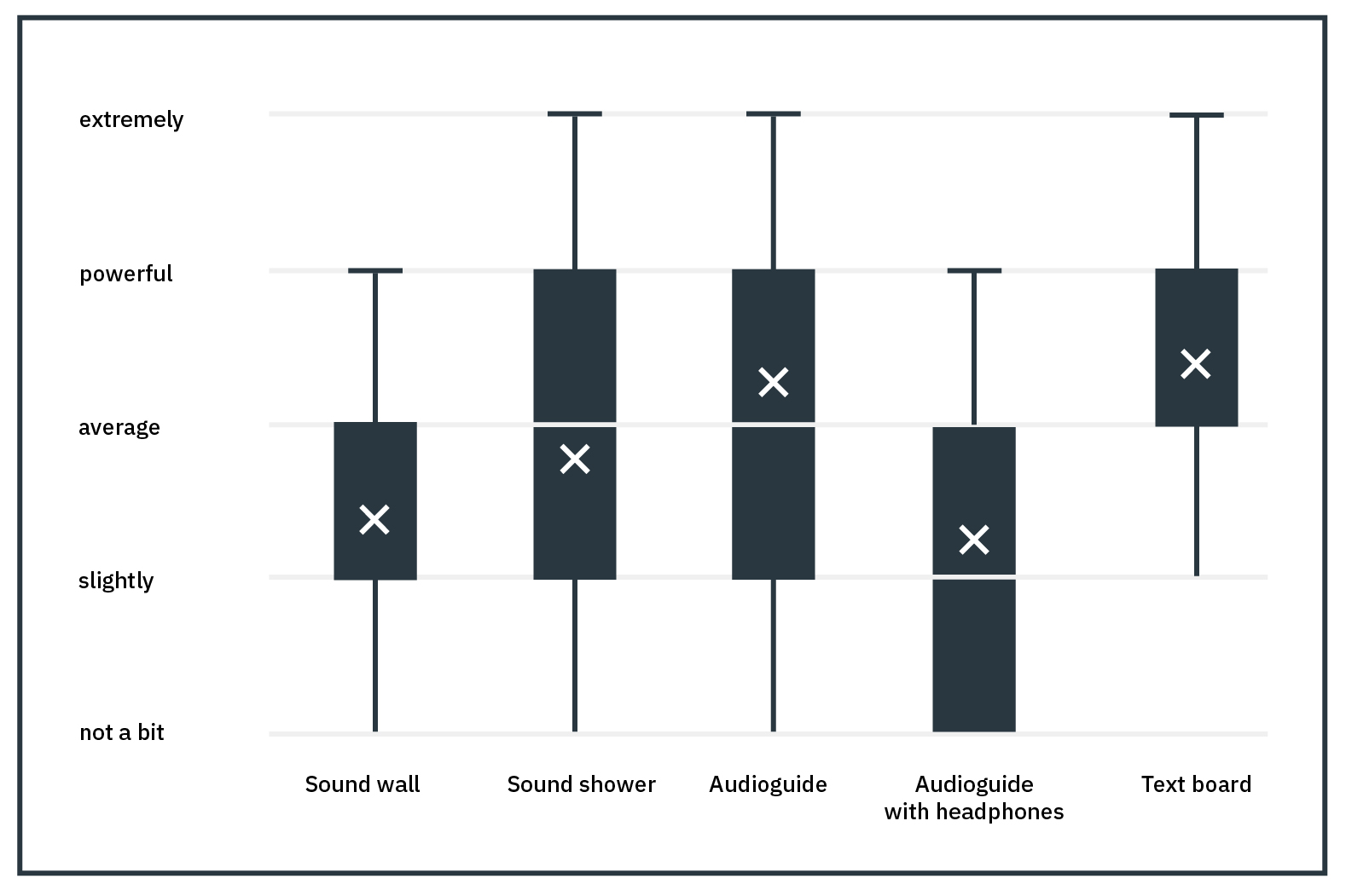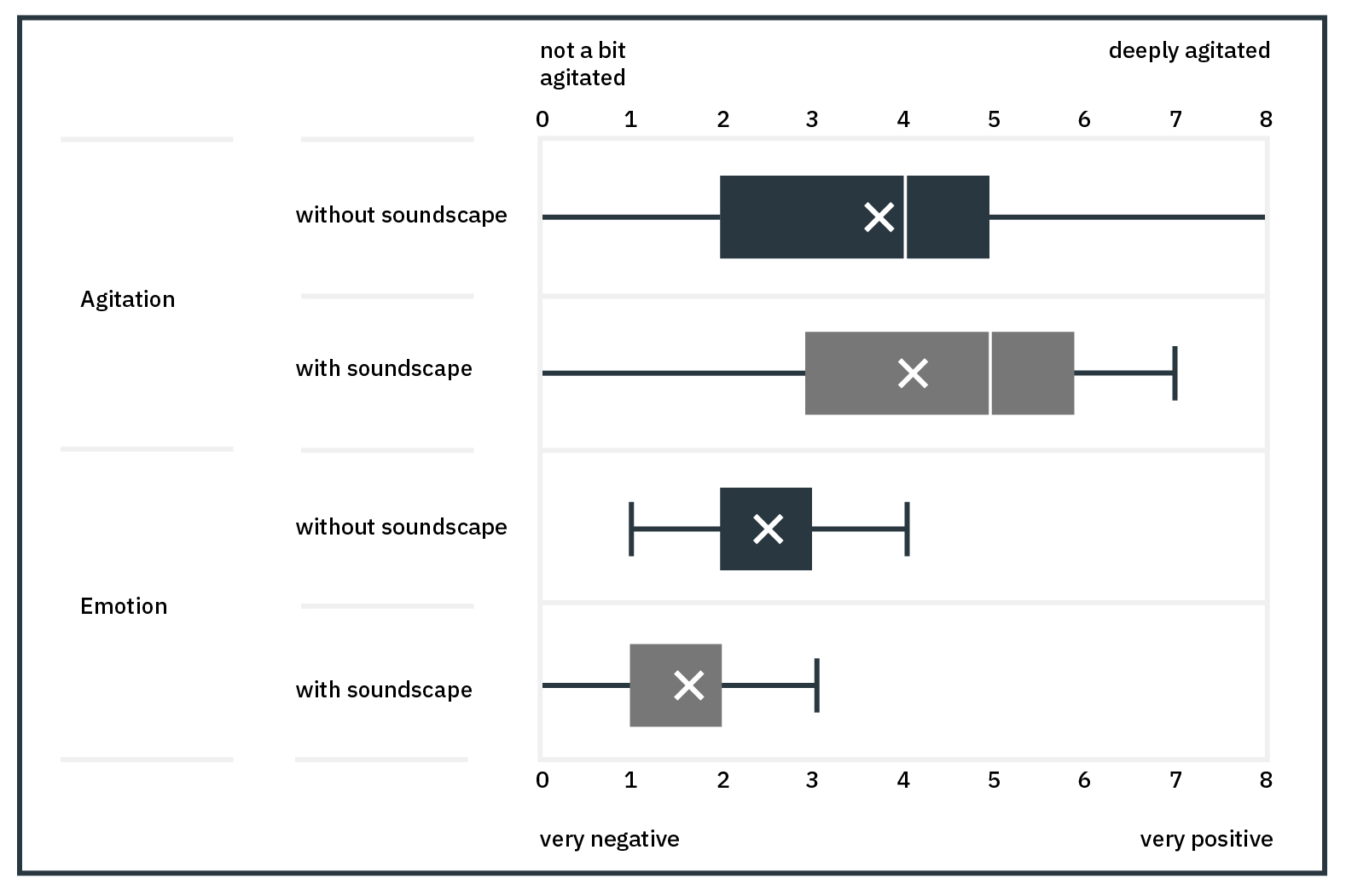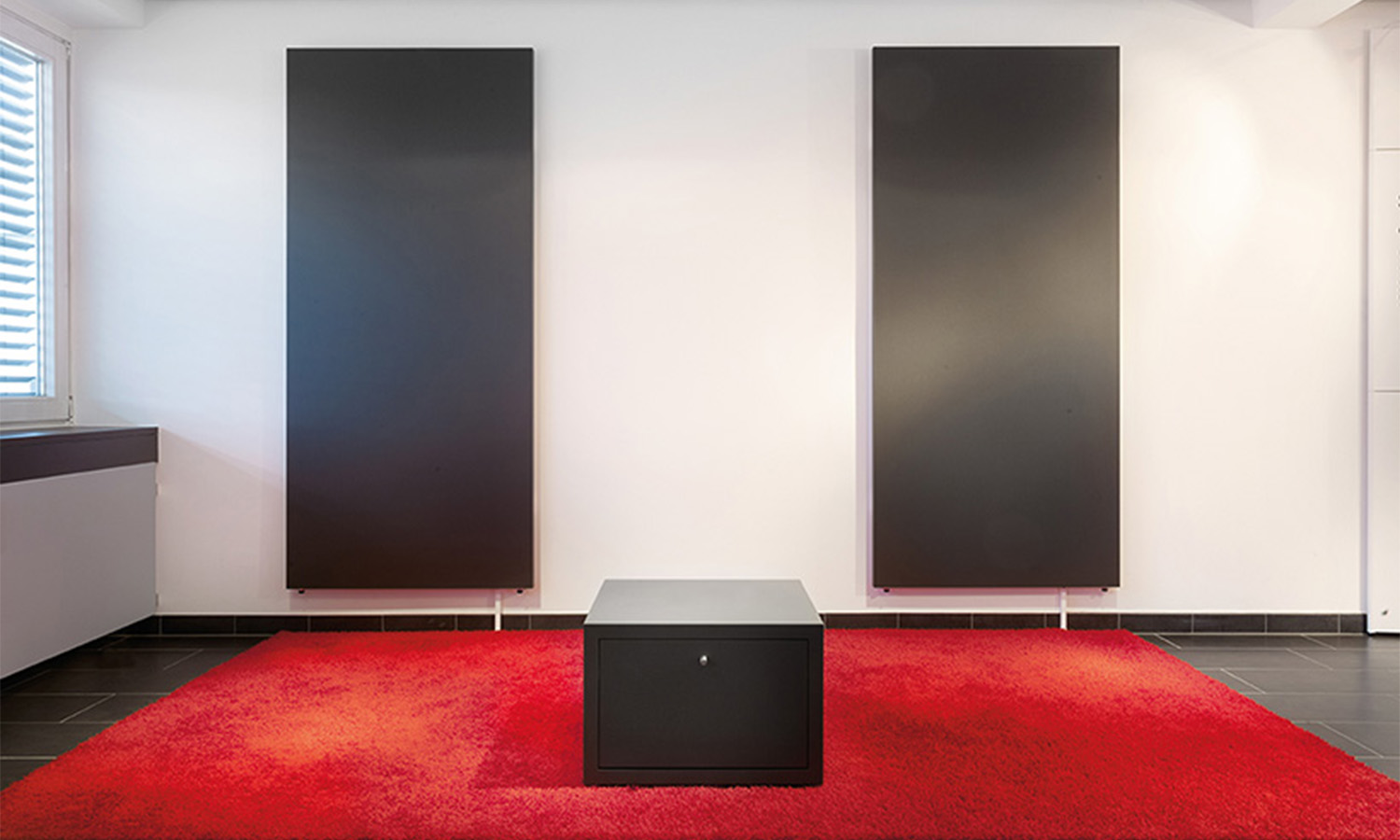Mila-wall Sound
Let's talk walls - the new, innovative wall with integrated surface speaker
Sound installations can now be integrated directly into exhibitions and presentations without the usual visible speakers. Invisible special coils, located inside the wall module, control the vibrations. The "sound source" remains completely invisible – providing premium HiFi enjoyment and speech quality.
In contrast to conventional speakers that emit the sound as a point source, with Mila-wall, the entire panel becomes a speaker. The surface affords a very pleasant, diffused sound field with very high sound power and uniform intensity.
Also available as a Bluetooth enabled model
The Bluetooth enabled Mila-wall sound is characterized by ease of use and good sound quality. The Bluetooth amplifier built into the wall can be controlled via a smartphone or any other Bluetooth enabled device . Since the amplifier can be battery operated, a power outlet is not necessary . Externally, the technique is invisible.
New & innovative
Mila-wall modular walls with integrated speakers are designed for connection to amplifiers with special digital sound processing (DSP).
- minimal feedback effect
- large beam angle (approx. 130°)
- Performance 20, 40 or 60 watts sine
- Frequency response 100 Hz-18000 Hz
- Sensitivity (85) 82 dB 1 Watt / 1 meter
- Impedance 8 (4 or 16) (12)
- Area speaker can be complemented in the frequency range from 20 to 100 Hz of subwoofer.
- Sound area at:
20 Watt = 615 x 615 mm
40 Watt = 615 x 1200 mm
60 Watt = 615 x 1400 mm
Study on the speech intelligibility of Mila-wall Sound
Background
Museums are places where visitors experience a bridge to the past with aspects of the present or a glance into the future. But oftentimes, the experience can be stunted, allowing only a silent witness account of an experience that does not invite a more all-encompassing one with actual acoustic accounts. Giving a voice to exhibits was the target of a research collaboration between the Fraunhofer Institute for building physics (Fraunhofer IBP) and MBA (or other manufacturing companies). What media are preferred in quiet and noisy environments by Museum visitors? How to evaluate different media in comparison? Can sonic landscapes influence the effect of an exhibition object?

Method
Figure 1: Pronounced as is the speech intelligibility of voice? (n = 50)
50 participants between the ages of 18-71 visited an "exhibition" of Picasso's "Guernica", printed on a Mila-wall Sound (see fig. 1). Information about the painting was successively presented via different media (text, audio guide with or without headphones, sound shower, Mila-wall Sound), while it was either in a quiet space (Group 1) or a space where typical Museum background sounds were recorded (Group 2). The participants assessed each mediums acoustic and non-acoustic criterion. The emotional impact of the image when viewed with the acoustic criteria was examined (soundscape: war scenario).

Results
Figure 2: How much do you feel disturbed/annoyed by ambient noise? (n = 25)
Perceived speech intelligibility of the Mila-wall Sound (see fig. 2) is misjudged as equal, such as an audio guides with headphones (which emits the sound directly to the ear) and higher than that of a sound shower (t(24) = 2.79, p = .01) and the audio guides without headphones (t(24) = 4.34, p < .001). The interference from ambient noise (see fig. 3) sound is 4.53 is less felt when using the Mila-wall Sound than when reading a text table (t(24) = 4.53, p < .001) or when using an audio guide without headphones (t(24) = 2.3, p = .006).

Emotional impact
Figure 3: Please indicate how you felt when looking at the picture / what emotion triggers the image on display?
(n = 50)
The emotional impact of the pitiful image is negative when viewing a content matching soundscape (soundscape) than when viewed alone (t(48) = 2,16, p = .04), i.e. the impact of the image was reinforced by the sound landscape, here a war scenario. Along with the transfer of information, the potential use of auditory media in exhibitions and museums is to be seen more and more in the future as part of the audiovisual experience.
